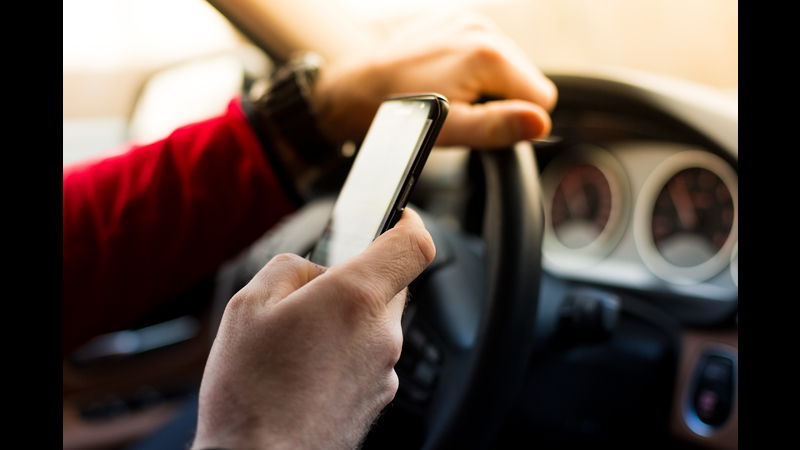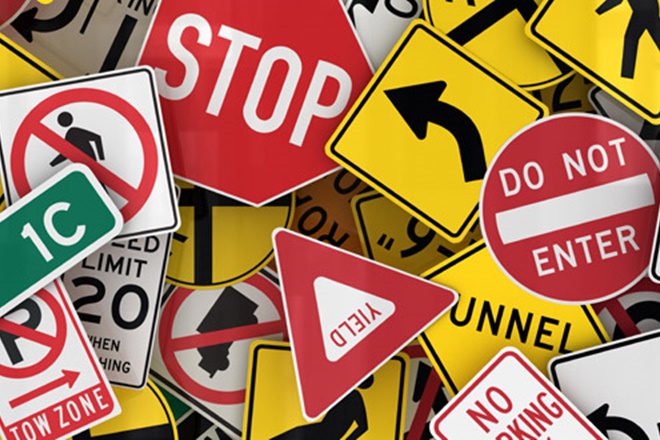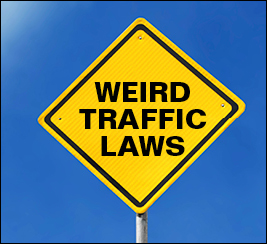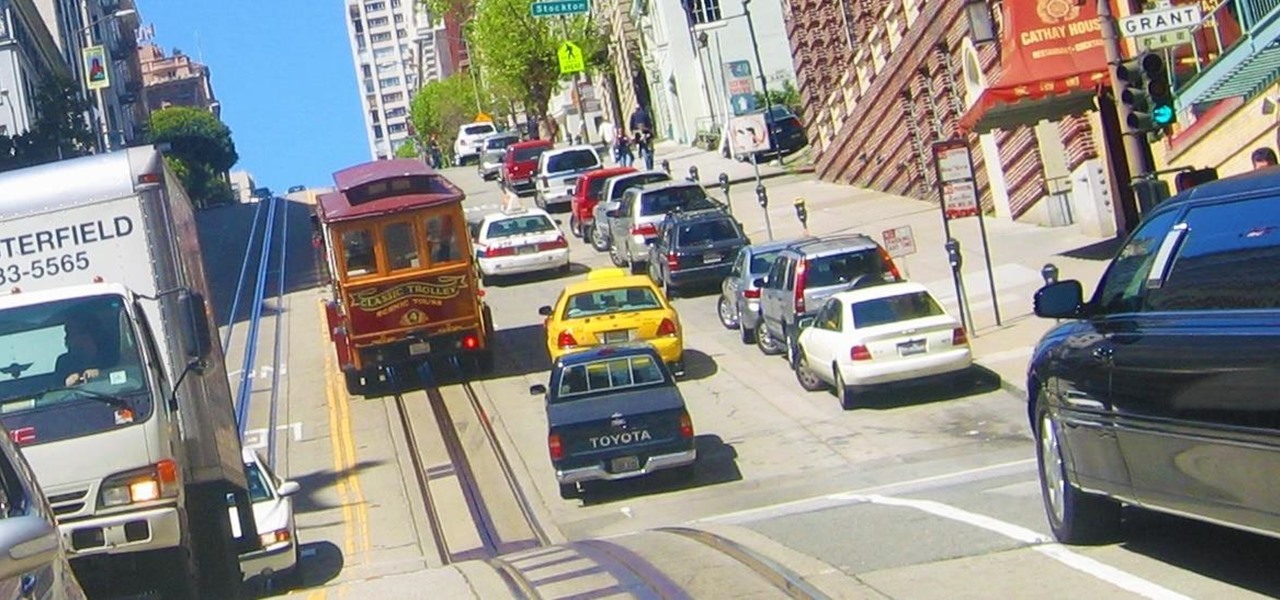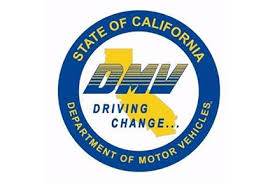When you get behind the wheel you are taking responsibility for your actions on the road. Seeing as the average car weighs over one ton and has the ability to operate at a very high speed, it is understandable that there are very specific laws for how one must drive. It comes with the territory and it helps keep everyone involved, from the drivers on the road to the pedestrians walking on the sidewalk.

Stop at Each Sobriety Checkpoint
Many people drink to celebrate, loosen up, and have a good time. As long as you meet the legal age requirement and consume in a safe environment, there is very little harm. However, problems come up when you try to mix this with driving a vehicle. Consuming alcohol can drastically alter your ability to make good decisions and act quickly, both of which are absolutely crucial when you are driving. Whenever you drive up to a sobriety checkpoint on the road, you need to be prepared to stop and allow the police to check your sobriety level.
Having a beer or two with dinner is fine but you need to watch your consumption. If a police officer determines that your blood-alcohol content level is too high for you to safely drive your car, you will be given a DUI and the police can legally impound your vehicle for at least a month. To avoid issues with the law, play it safe and know your limits.
Knowing the Right of Way
When you are driving, you will inevitably interact with someone who is not in a vehicle. The law states that pedestrians have the right of way at crosswalks and intersections but you need to always be mindful of them. If a pedestrian is jaywalking or crossing your path in a parking lot, you should still be prepared to let them cross before you proceed. Hitting a pedestrian is still illegal and can land you in hot water with legal troubles and medical fees.
Using Your Phone
Screen usage is ubiquitous. From texting friends to watching videos, people use cellphones all the time. The issue with cellphones, however, is that they can be very distracting. Seeing as you need to stare at the screen to focus on what is on it, doing so can take your attention away from what is going on on the road. In California it is illegal to use your phone when you are driving, even if you are stopped at an intersection.


